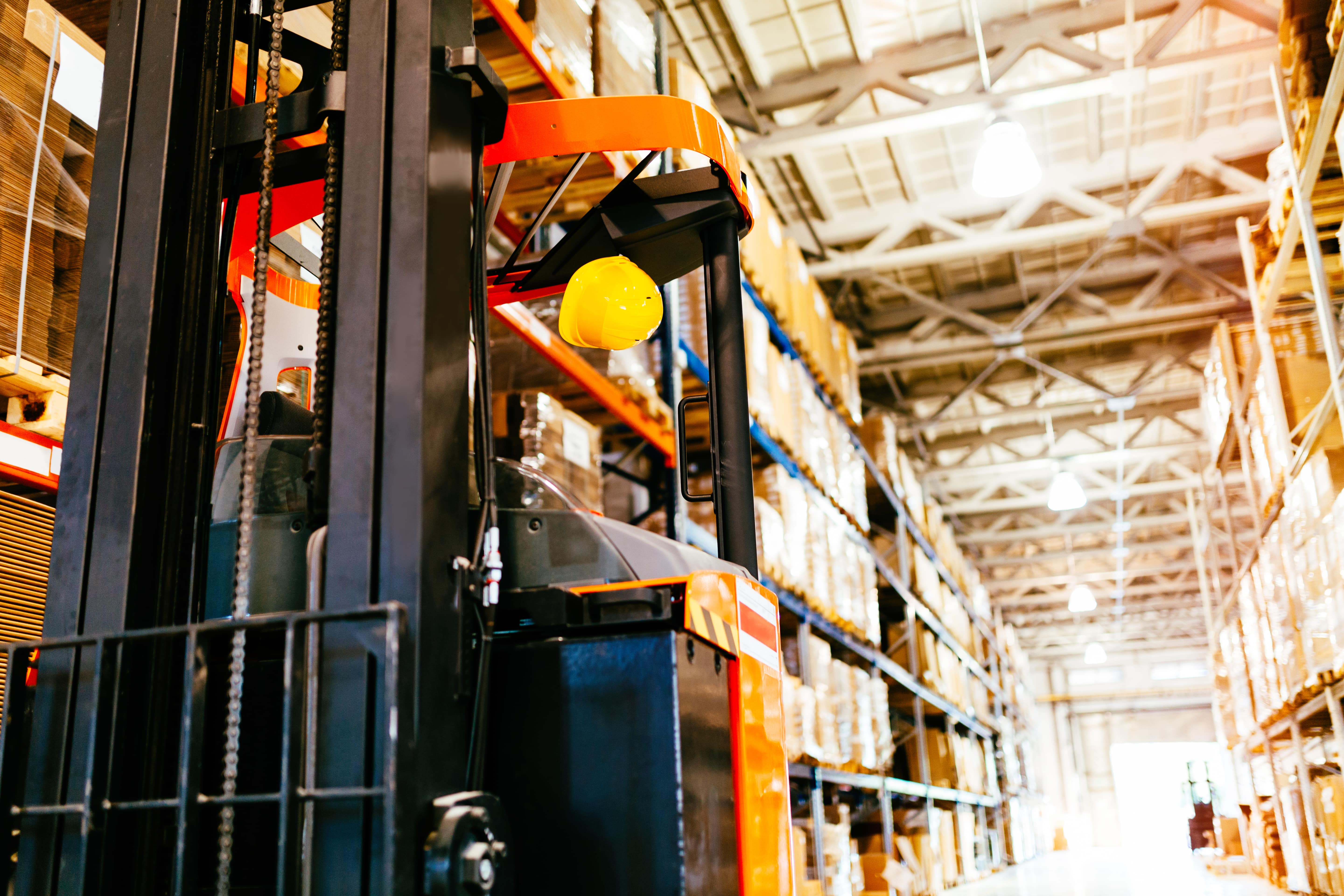Modern supply chains operate in a world of increasing complexity, where disruptions—whether geopolitical, economic, or environmental — are inevitable.

Modern supply chains operate in a world of increasing complexity, where disruptions—whether geopolitical, economic, or environmental — are inevitable. The resilience of a supply chain now defines its success, requiring organizations to shift from reactive crisis management to proactive, data-driven strategies. Multi-enterprise collaboration emerges as a critical enabler of this transformation, unifying stakeholders across the supply network to share information, coordinate responses, and unlock untapped efficiencies.
At the heart of this collaboration lies the power of AI-Enabled Digital Twins, which provide a real-time, dynamic view of the supply chain ecosystem. These technologies do more than just visualize the network; they simulate scenarios, deliver actionable insights, and act as a co-pilot for decision-makers. By orchestrating seamless communication and synchronizing efforts across the network, organizations can achieve operational continuity, cost efficiency, and a competitive edge.
Supply chains often struggle with fragmented systems and siloed data, making it difficult to achieve a comprehensive view of inventory, suppliers, and logistics. For example, a supply chain manager may know their inventory levels but lack insight into a supplier's real-time capacity constraints. Without visibility into the broader network, opportunities to reallocate resources or preempt disruptions are lost, leading to inefficiencies and delays.
Organizations that lack predictive tools often operate in a reactive mode, addressing disruptions only after they occur. For instance, a natural disaster impacting a key supplier might lead to delays in sourcing materials, leaving manufacturers scrambling to find alternatives. The ripple effect of such delays can cascade through production schedules, transportation plans, and customer deliveries.
Traditional supply chains rely on manual processes and disconnected systems for communication, resulting in delayed responses and misaligned priorities. For example, when a demand spike occurs, procurement teams may place urgent orders without visibility into production schedules or logistics constraints, leading to bottlenecks and increased costs.
Without advanced analytical tools, many organizations fail to uncover inefficiencies or untapped opportunities within their supply chains. For instance, underutilized suppliers or inefficient transportation routes often go unnoticed, resulting in higher costs and slower lead times.
Adapting to evolving regulations across multiple regions is a complex task, especially when supply chains operate on outdated or disconnected systems. Non-compliance can result in fines, delays, or reputational damage.
AI-Enabled Digital Twins integrate data from all stakeholders, offering a unified, real-time view of the entire supply network. For example, a supply chain manager can view not only their inventory levels but also their suppliers’ real-time production capacity. If demand spikes unexpectedly, the manager can identify suppliers with available capacity and send an updated production request through a single platform, avoiding delays and maximizing resource utilization.
Instead of reacting to disruptions, organizations using AI-Enabled Digital Twins can model scenarios to anticipate risks and adjust plans accordingly. For instance, if geopolitical tensions threaten a key supplier, the digital twin can simulate the impact on lead times and inventory levels while recommending alternative sourcing options. Decision-makers can then act proactively to secure materials and maintain production schedules without interruption.
By providing a centralized platform for communication, AI-Enabled Digital Twins synchronize efforts across procurement, production, and logistics. For example, when a production delay occurs, procurement teams can adjust order volumes while logistics partners reschedule shipments, ensuring alignment across the network. This level of coordination minimizes bottlenecks and reduces costs associated with misaligned activities.
AI-Enabled Digital Twins analyze data across the network to identify inefficiencies and untapped opportunities. For instance, a digital twin might highlight that a secondary supplier is underutilized and could take on additional production during peak demand periods. By reallocating resources strategically, organizations can reduce dependency on single suppliers, optimize costs, and improve overall resilience.
With real-time monitoring and analytics, AI-Enabled Digital Twins help organizations adapt to evolving regulatory requirements seamlessly. For example, when new trade restrictions affect a transportation route, the digital twin flags the issue and suggests compliant alternatives, ensuring uninterrupted operations while avoiding fines or delays.
Building a resilient supply chain ecosystem requires more than just operational efficiency—it demands the ability to anticipate and adapt to a constantly changing global landscape. Multi-enterprise collaboration, powered by AI-Enabled Digital Twins, provides the tools and insights needed to achieve this level of resilience. By breaking down silos, enabling end-to-end visibility, and offering actionable insights, organizations can navigate complexity with confidence. In doing so, they not only safeguard their operations but also unlock new opportunities for growth and innovation, ensuring they remain competitive in an increasingly interconnected world.
Test your own scenarios with TADA’s Clean TO! Build and see the impact in minutes.
Try TADA Clean TO! Build
Test your own scenarios with TADA’s RM Inventory Manager and see the impact in minutes.
Try RM Inventory Manager

Use TADA’s Tariff Manager to model costs, build agility, and protect margins.
Try the Tariff Manager
Test your own scenarios with TADA’s Tariff Manager and see the impact in minutes.
Try the Tariff Managerest your own scenarios with TADA’s RM Inventory! Manager and see the impact in minutes.
TRY RM Inventory! Manager